2024 Report on the Global Status of
Multi-Hazard Early Warning Systems
Consistent with previous editions of this Global Status Report, evidence continues to suggest that concrete progress has been made by countries to improve the coverage and comprehensiveness of MHEWS. Countries have also taken actions to reduce the negative impacts of disasters through investment and capacity development in MHEWS globally, bringing direct benefits in reducing the human cost of disasters.
In the first half of 2024, natural hazards have brought death and destruction to every part of the world and, at the same time, the human and economic impact of disasters continues to grow. These disaster impacts have been caused majorly by hazards like flood, storms and cyclones, drought, wildfire, heatwaves, besides landslides and earthquakes. They manifest regularly over the years, resulting in heavy loss of life and affecting large populations.
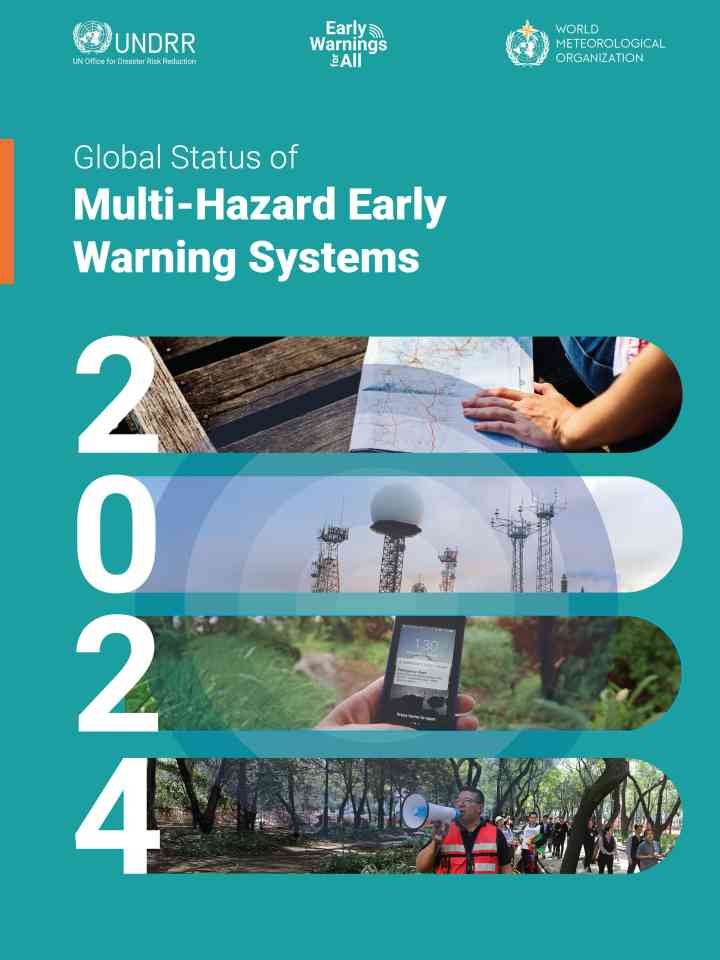
Thematic analysis of recent events – good practices and lessons learnt

The performance of early warning systems is put to the test during hazardous events. Apart from looking at impacts in the aftermath, investigating processes that unfolded and EWS capacities that enabled or prohibited good outcomes offer critical insights to the improvement of EWS.
Disaster risk knowledge enables timely and appropriate response. Disaster risk knowledge is essential for effective EWS and anticipatory or early action.
Hazard type affects predictability and EWS effectiveness. Developments in the science, tools, systems and approaches relating to hydrometeorological hazards mean that they are easier to predict.
Impact-based Forecasting is crucial to help translate forecasts into actionable warnings. To minimise the impact of extreme events, it is essential that the public know what to do and what not to do.
Strong risk governance and advance planning yield the best results.
Timely, clear, consistent and actionable communication is essential to save lives. Warnings can only save lives and livelihoods if they are received, understood and acted upon.
Pre-arranged budgetary and financial mechanisms expedite financing for shock preparedness, response and recovery.
Disaster-proofing critical infrastructure and building community-based resilience reduces vulnerability at scale.
Conflict and post-conflict settings require a dynamic and flexible approach.
Featured events
Drought in Eastern and Southern Africa
Flooding in the Persian Gulf
Storm Daniel and the Dam Burst in Libya
Hurricane Beryl in the Caribbean
Heat in Greece
Wildfire in Chile
Earthquake in Türkiye and the Syrian Arab Republic
Landslide in Papua New Guinea
Multi-hazard early warning systems global status
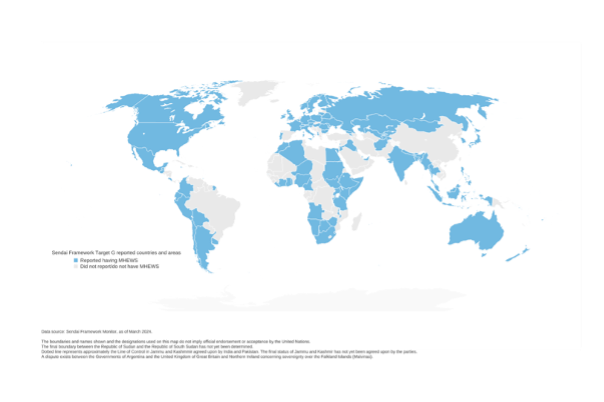
The global coverage of MHEWS is determined from the Sendai Framework indicator G-1, which is a composite of the scores for indicators G-2 through to G-537 under the Target G. These indicators G2-G5 map to the four elements of MHEWS/ four pillars of the EW4All initiative.
- Indicator G-5: Pillar 1, Disaster Risk Knowledge
- Indicator G-2: Pillar 2, Detection, observations, monitoring and forecasting
- Indicator G-3: Pillar 3, Warning dissemination and communication
- Indicator G-4: Pillar 4, Preparedness to respond
At the end of March 2024, 108 countries had reported the existence of MHEWS through their G-1 scores – 55 per cent of all countries in the world and more than double the number of countries who first reported having MHEWS in 2015.
Early warnings are protecting lives
Compared to countries with ‘substantial’ to ‘comprehensive’ MHEWS, countries with ‘limited’ to ‘moderate’ MHEWS comprehensiveness have:
- A disaster-related mortality ratio that is nearly six times higher (similar to last year)
- Nearly three and a half times more disaster-affected people per capita than countries with substantial to comprehensive coverage (lower than last year which was five times)
More than half the countries in the world have MHEWS but significant gaps remain
Limited risk knowledge hampers early warning effectiveness
- Risk knowledge continues to lag behind in terms of coverage and comprehensiveness
- BUT has seen the greatest improvement since 2015
- Africa is the only region where no countries have a comprehensive capability; the Americas and Caribbean region is also behind
- A 3-fold increase in reporting by the Arab Sates but most only have a limited capability
- High resolution information is essential but challenging to collect, especially for countries with limited capacity – in SIDS assessments tend to be regional
- Yet where it exists, good risk knowledge enables effective planning and response
Observations and forecasting capabilities are improving but persistent gaps remain
- Only a 38% of countries have multi-hazard monitoring and forecasting systems – coverage is highest in the Asia-Pacific region
- Gaps in observations and forecasting persist but should reduce due to investments e.g. CREWS, SOFF
- Only 10% countries are GBON compliant and no LDCs
- Nearly half WMO Members have weather forecasting and visualisation systems
- More than 2/3 access data from WIPPS but some have no access at all
- Regional centres and programmes (e.g. SWFP, TCP, FFGS) have a key role to play, especially in supporting LDCs, LLDCs and SIDS
- Forecast lead times are improving but IBF needs to be scaled up
- Some hazards remain hard to predict e.g. earthquakes, landslide – understanding local risks and building community resilience is essential
Momentum is building for Anticipatory Action and planned responses which save lives
- 2.1 billion people pre-emptively evacuated (2015-2022), 64% in Asia-Pacific
- Responses are most effective where there are plans which have been reviewed and tested e.g. simulations and drills
- Yet only a third of all countries report having plans for early action
- The number of AA plans/ frameworks has increased, with many more under development but they are still not widespread and are often only for single hazards
- Where plans exist and are activated, lives and livelihoods are saved
- Governments are playing a central role in driving AA at the national level
National perspectives on MHEWS implementation
Five countries are featured in this section to demonstrate national efforts. Each case study includes details of the key institutions involved in MHEWS at the national level as well as the legislative frameworks and national plans that can support MHEWS.
Antigua and Barbuda
Antigua and Barbuda is a SIDS which is highly vulnerable and exposed to natural, social and socio-natural hazards, particularly hurricanes, floods, droughts, earthquakes and tsunamis. The country's exposure is exacerbated by its geographical location.
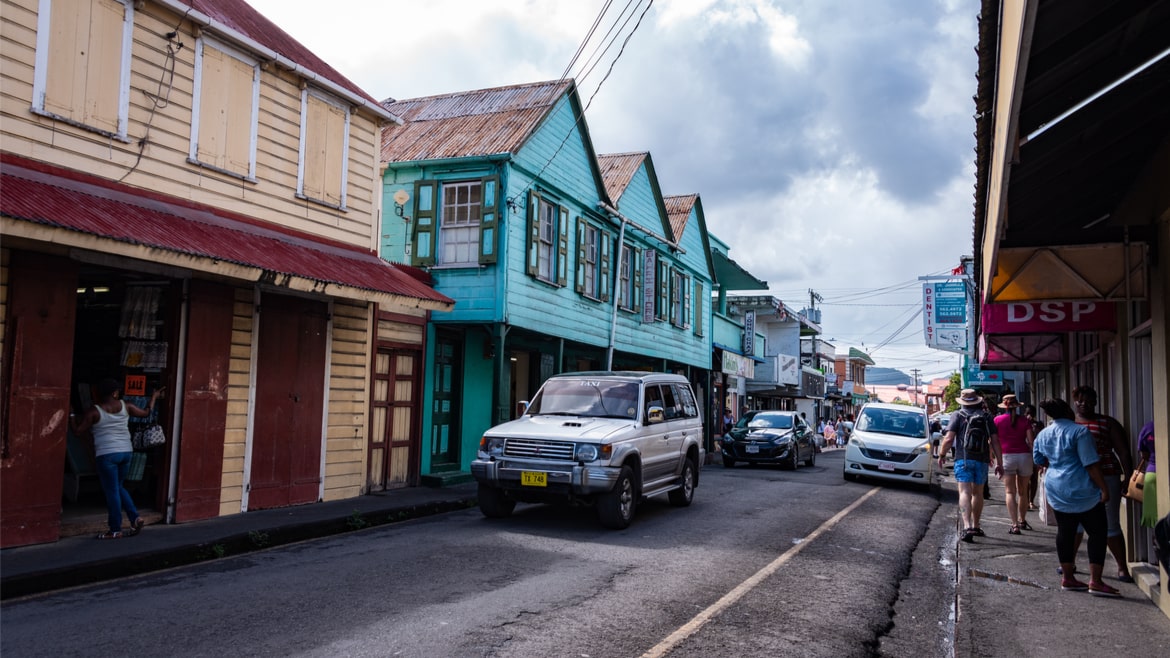
Tsunami Ready Recognition: In 2020, the capital city of St. John's received recognition as Tsunami Ready under the Pilot Community Performance Based Tsunami Recognition Programme by the Intergovernmental Oceanographic Commission of United Nations Educational, Scientific and Cultural Organization (IOC/ UNESCO).
Antigua and Barbuda's MHEWS faces significant challenges due to fragmented risk information, outdated legislation, inadequate infrastructure and weak inter-agency coordination, as highlighted during the national consultations.
Reflecting a truly coordinated process amongst multiple stakeholders – including local, national, regional and international actors – Antigua and Barbuda’s EW4All Implementation Plan proposes concrete actions with detailed and prioritized activities, budgeting, and timeframes for implementation by local, national, regional and international parties and stakeholders, including those who lead roles and those who are contributing.
Ethiopia
Ethiopia is a LDC and LLDC in East Africa. Ethiopia’s climate is traditionally divided into three zones: Dega area with its alpine vegetated cool zones; Woina Dega zone, which is temperate; and the Qola zone which is hot and encompasses tropical and arid regions.
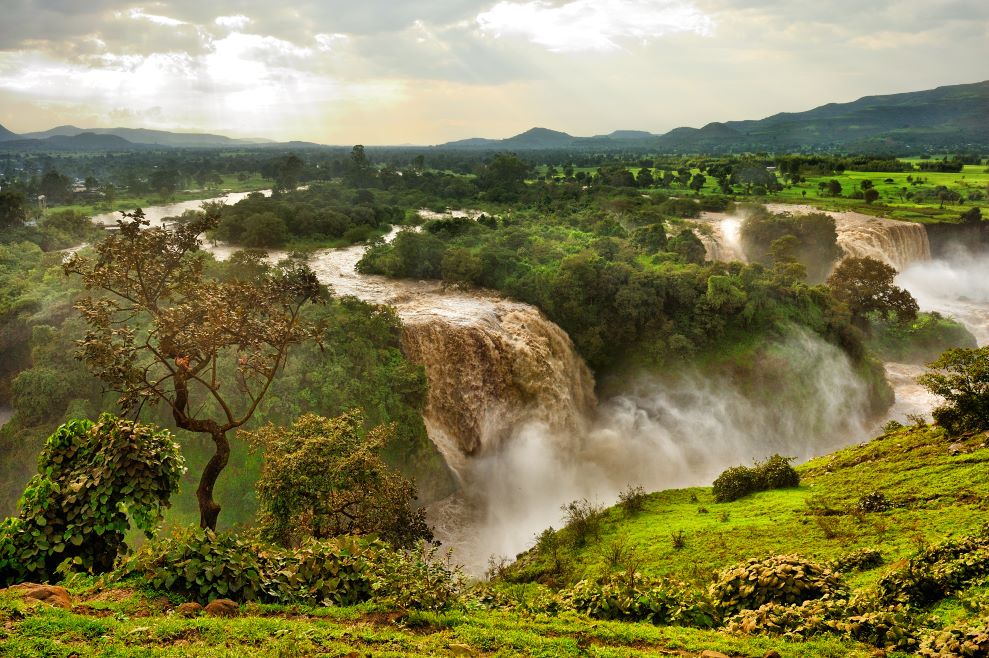
At the regional and international levels, Ethiopia has made meaningful steps towards increasing resilience to climate change and extreme weather events while simultaneously increasing the capacity of local actors to do the same. Recent examples include the approval of ‘A Roadmap for Multi-Hazard, Impact-Based Early Warning Early Action System 2023 –2030.
Key challenges and gaps persist in the scale up of EWEA in Ethiopia. They include the lack of harmonization in strategies and practice, lack of enhanced knowledge and information management system, inadequate funding, limited and mostly old risk knowledge information, limited skills and knowledge, limited coordination between line ministries and all actors across the EWS value chain.
Lessons and good practices that are relevant to the MHEWS implementation include:
- With the changing climate and hence changing risks, it is of paramount importance to strengthen the use of risk profiles for EWEA.
- Increased coordination and partnership among stakeholders are necessary across the early warning and early action value cycle.
Fiji
Fiji is a SIDS and is facing a range of climate change impacts, including sea-level rise, saltwater intrusion, ocean acidification, coral bleaching and changing rainfall patterns.

Fiji has made significant investments in EWS and disaster risk reduction. This includes: commissioning of 13 tsunami warning systems in 2019; developing impact-based forecasting (IBF); upgrading observation networks; developing policies and strategies related to DRR, meteorology, and hydrology; creating new positions; and building capacity of staff.
Limited financial and human resources are the main constraints in advancing DRR and MHEWS initiatives. There is a need to increase the capacity of officials at subnational and local levels. Fiji is also highly vulnerable to the impacts of climate change, which exacerbate disaster risks.
Fiji’s efforts to develop a MHEWS roadmap under the EW4All initiative has demonstrated its commitment to the global DRR effort. A two-day workshop on EW4All, organized by the NDMO in collaboration with UN partners, focused on taking stock of existing MHEWS from various agencies together with the gaps, needs and opportunities.
Lao PDR
Lao PDR faces increasing occurrences of extreme weather events, including storms, tropical cyclones, floods, and landslides as well as droughts, heatwaves and earthquakes.
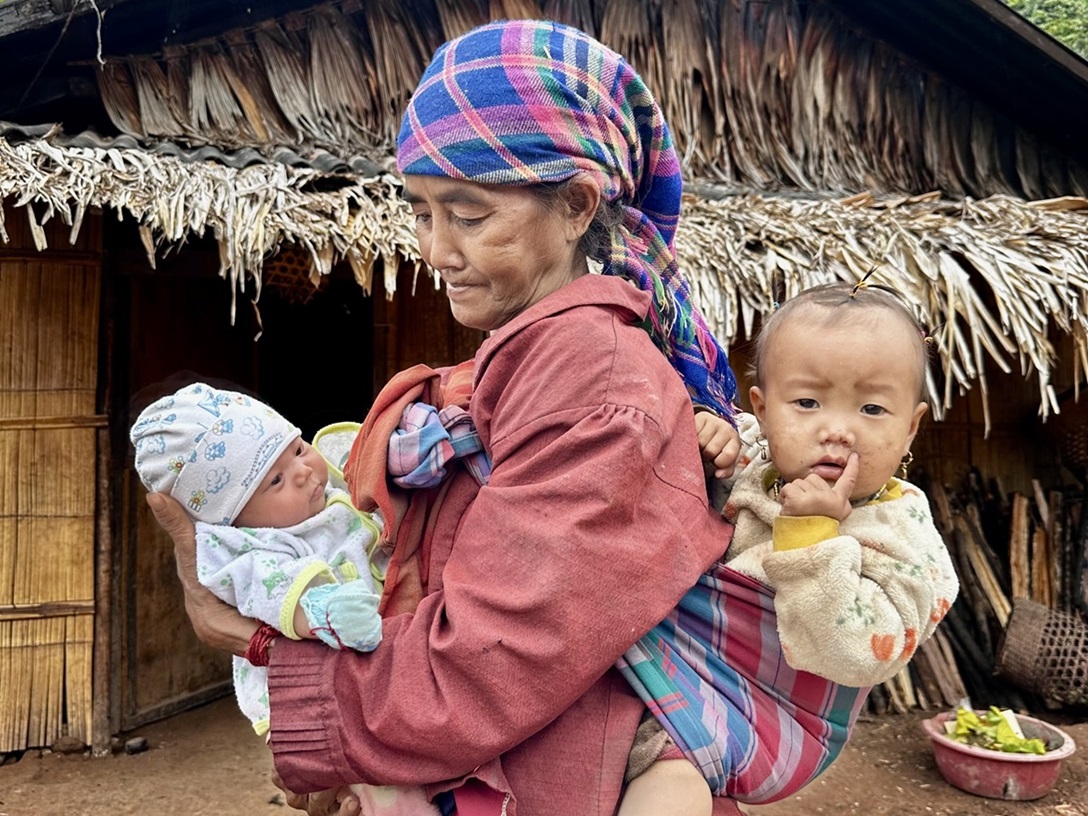
Fiji has made significant investments in EWS and disaster risk reduction. This includes: commissioning of 13 tsunami warning systems in 2019; developing impact-based forecasting (IBF); upgrading observation networks; developing policies and strategies related to DRR, meteorology, and hydrology; creating new positions; and building capacity of staff.
Limited financial and human resources are the main constraints in advancing DRR and MHEWS initiatives. There is a need to increase the capacity of officials at subnational and local levels. Fiji is also highly vulnerable to the impacts of climate change, which exacerbate disaster risks.
Fiji’s efforts to develop a MHEWS roadmap under the EW4All initiative has demonstrated its commitment to the global DRR effort. A two-day workshop on EW4All, organized by the NDMO in collaboration with UN partners, focused on taking stock of existing MHEWS from various agencies together with the gaps, needs and opportunities.
Mozambique
Situated in the southeastern part of Africa, Mozambique is susceptible to various disasters including floods, droughts and tropical cyclones (TCs) exacerbated by its coastal geography and variable climate patterns.
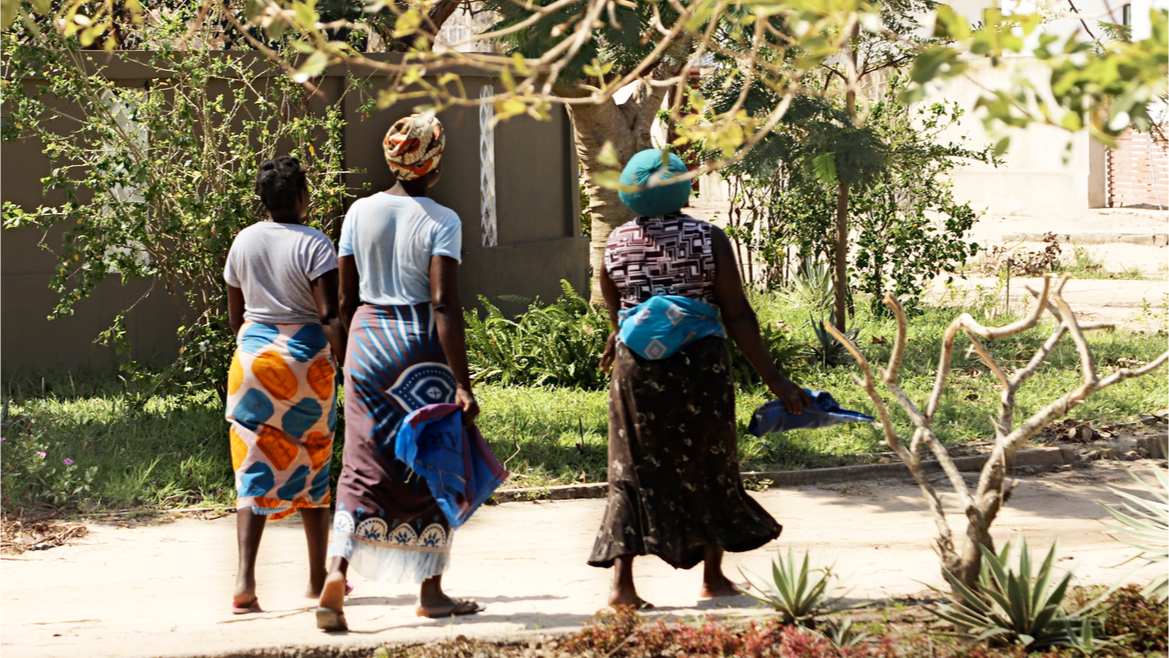
The Disaster Risk Management Act (2020) provides the legal framework for MHEWS in Mozambique. It “applies to public administration bodies and institutions, to citizens and to legal persons, public or private, who, in the performance of their duties, contribute to the management and reduction of disaster risk and the building of resilience to extreme events”
Mozambique faces various challenges relating to EWEA. Despite improvements in hydro-meteorological monitoring and forecasting, gaps remain in terms of coverage and accuracy, particularly for localized weather events and rapid onset disasters.
Key lessons and good practices relevant to MHEWS include the need to:
- Develop a normative approach and methodology for producing/ updating risk information;
- Ensure national capacities are developed/ enhanced to produce risk information for countries to sustain the process of updating risk information at regular intervals;
Outlook
- The positive trend is expected to continue in the coming years, with the growing momentum around EW4All and as countries reap the benefits of targeted investments, and those responding to adaptation needs such as through the GCF.
- With many countries having or adopting risk governance frameworks, the foundations are being set for holistic, multisectoral MHEWS approaches that operate both vertically and horizontally.
- Improvements in disaster risk knowledge so far, and into the future, are supported by the development of a range of tools and the sharing of good practices, for example, the Handbook on Risk Knowledge for EWS and the enhanced disaster tracking system.
- Although there have been only small improvements in recent years, the foundations have been laid for more significant change in the near future. Global initiatives (e.g. CREWS and SOFF) and programmes (e.g. SWFP and FFGS) are scaling up to cover more countries and hazards, as featured in this report.
- With many countries developing anticipatory action frameworks in 2023 and 2024, there is an expectation that there will be more active frameworks in future years.
- Country-led plans for MHEWS are being developed and implemented (see country case studies), whether initiated or supported by EW4All, or evolving naturally within countries.
- Advances and innovations in science and technology have led, and will continue to lead, to improvements in MHEWS.
- Regardless of developments in technology and further improvements to the coverage, accessibility and affordability of mobile communication, dissemination through other channels will remain important – not least as people are more likely to respond to consistent messaging over multiple channels.
- Momentum is building through the EW4All initiative and the programmes and funds that have pledged their support. Investments to date, such as through CREWS, SOFF and various funds, are all contributing to achieving the global goal.
- Momentum is gathering around EW4All as it expands beyond the initial group of countries. Pre-existing and new initiatives and programmes are aligning with EW4All and demand for support is increasing as governments seek to improve outcomes for their citizens.
Related and further reading
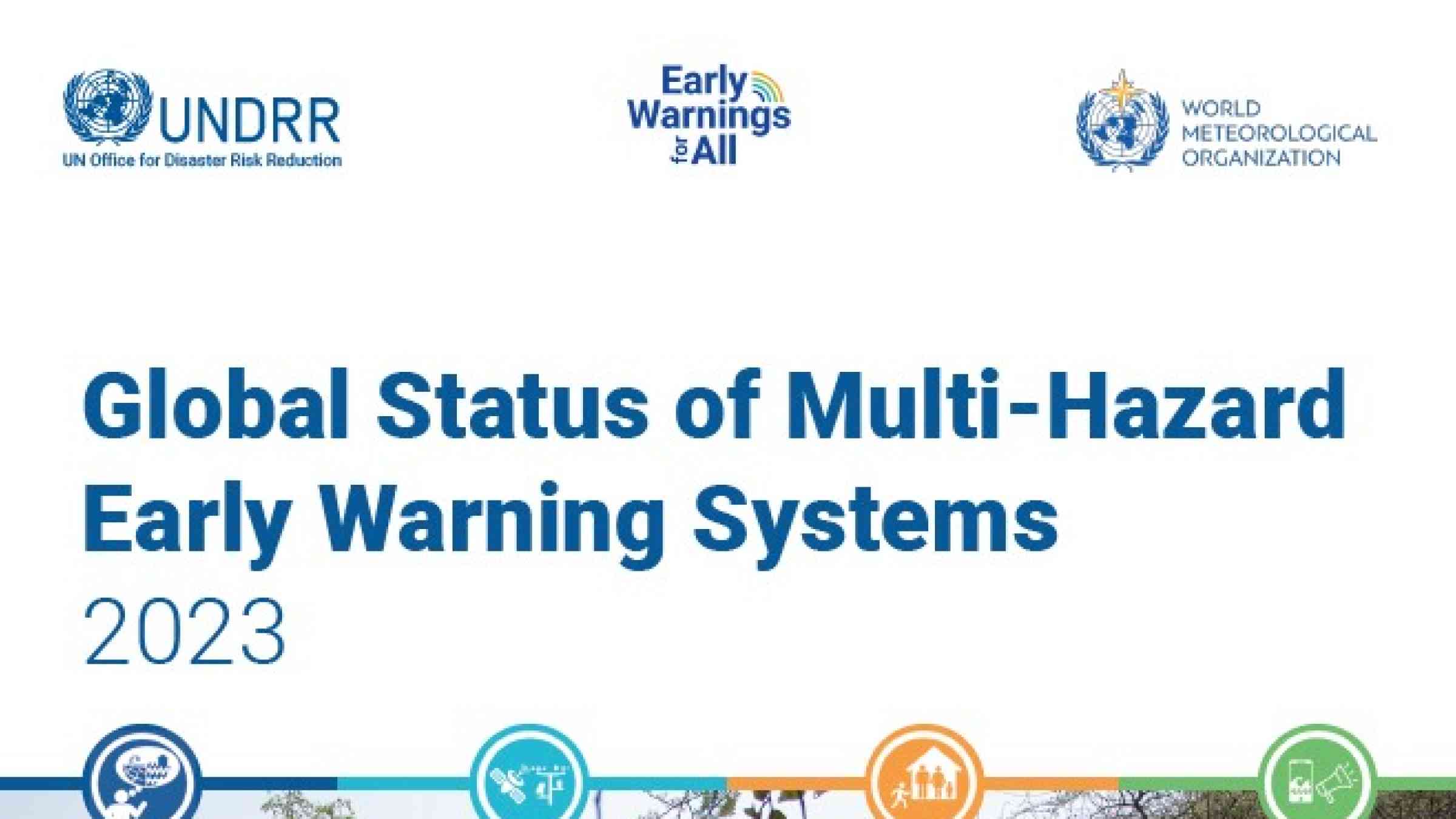

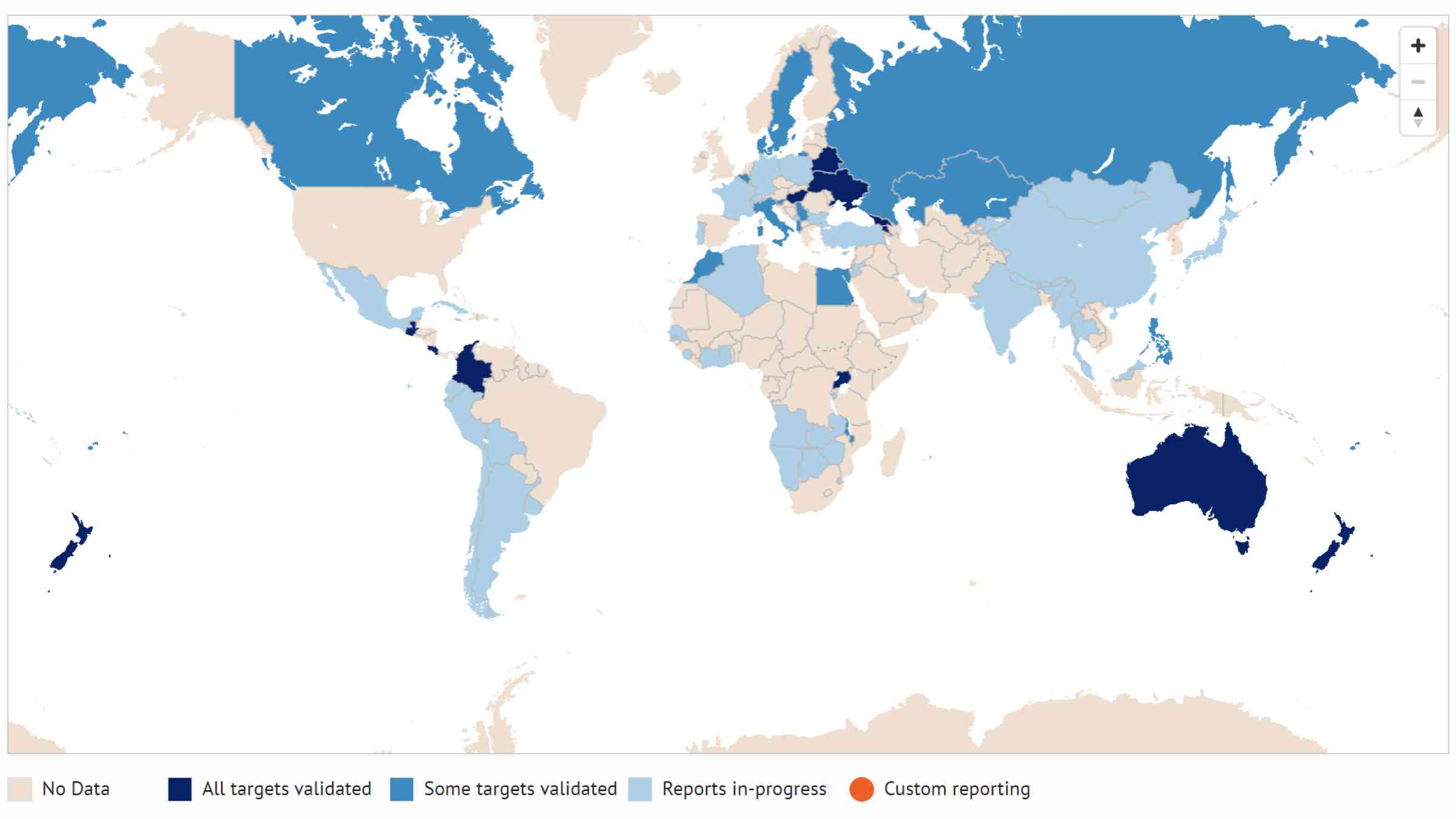

Video resources





